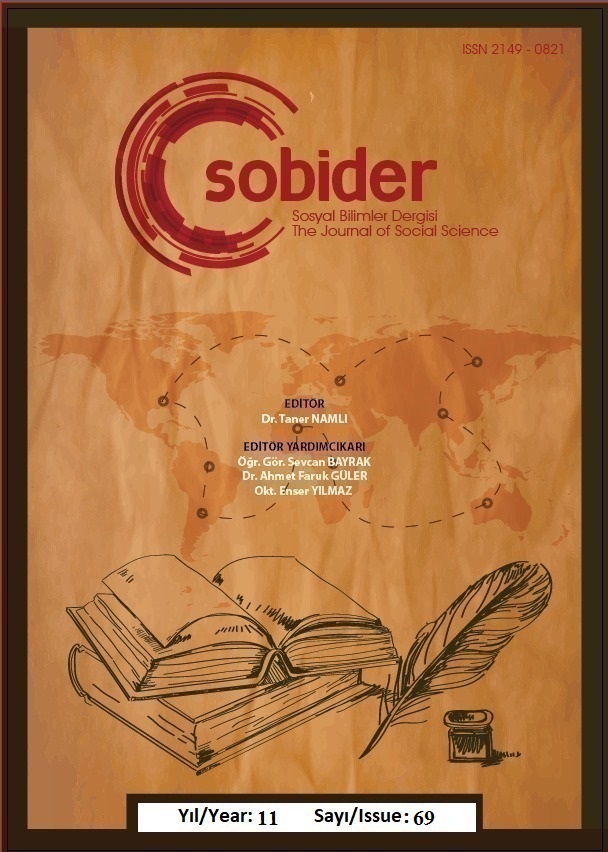BİREYLERİN GÖSTERİŞÇİ VE SEMBOLİK TÜKETİM EĞİLİMLERİNİN TAKLİT ÜRÜN SATIN ALMA NİYETİ ÜZERİNE ETKİSİ
Author :
Abstract
Postmodern tüketim anlayışında ürünler tüketicilere statü, prestij ve üstünlük sağlayan simgeler haline gelmiştir. Bu tüketim anlayışı çerçevesinde gösterişçi ve sembolik tüketim eğilimleri de artmaktadır. Benzer tüketim anlayışı beraberinde taklit ürün gerçeğini de getirmektedir. Bu araştırmanın temel amacı, tüketicilerin taklit ürünlere yönelik tutumlarının ve satın alma eğilimlerinin belirlenmesinde gösterişçi tüketim ve sembolik tüketim eğilimlerinin rolünü incelemektir. Bu amaç doğrultusunda 386 katılımcının verisi analizi edilmiştir. İlişkisel tarama modeli kullanılan araştırmada, araştırmanın anakütlesini 18 yaşının üzerinde bulunan ve İzmir’de ikamet etmekte olan tüketiciler oluşturmaktadır. Araştırma sonucunda gösterişçi tüketim eğiliminde olan tüketicilerin taklit ürünlere yönelik tutumunun olumlu olduğu, sembolik tüketim eğilimindeki tüketiciler için ise taklit ürünlere yönelik tutumun olumsuz olduğu bulgusu ortaya konmuştur.
Keywords
Abstract
In the postmodern consumption understanding, products have become symbols that provide consumers with status, prestige, and superiority. Within this framework of symbolic consumption, there is an increase in tendencies towards conspicuous consumption. This similar consumption understanding also brings along the reality of counterfeit products. The main aim of this research is to examine the role of conspicuous consumption and symbolic consumption tendencies in determining consumers' attitudes and purchasing tendencies towards counterfeit products. In line with this aim, data from 386 participants were analyzed. The research utilized a relational scanning model, and the target population of the study consisted of consumers aged 18 and above residing in Izmir. The research findings revealed that consumers with a tendency towards conspicuous consumption have a positive attitude towards counterfeit products, while consumers with a tendency towards symbolic consumption have a negative attitude towards counterfeit products.





